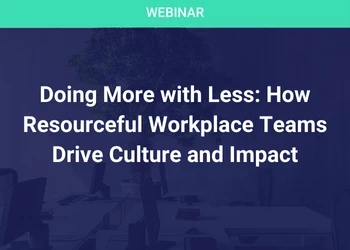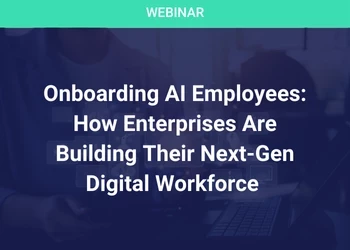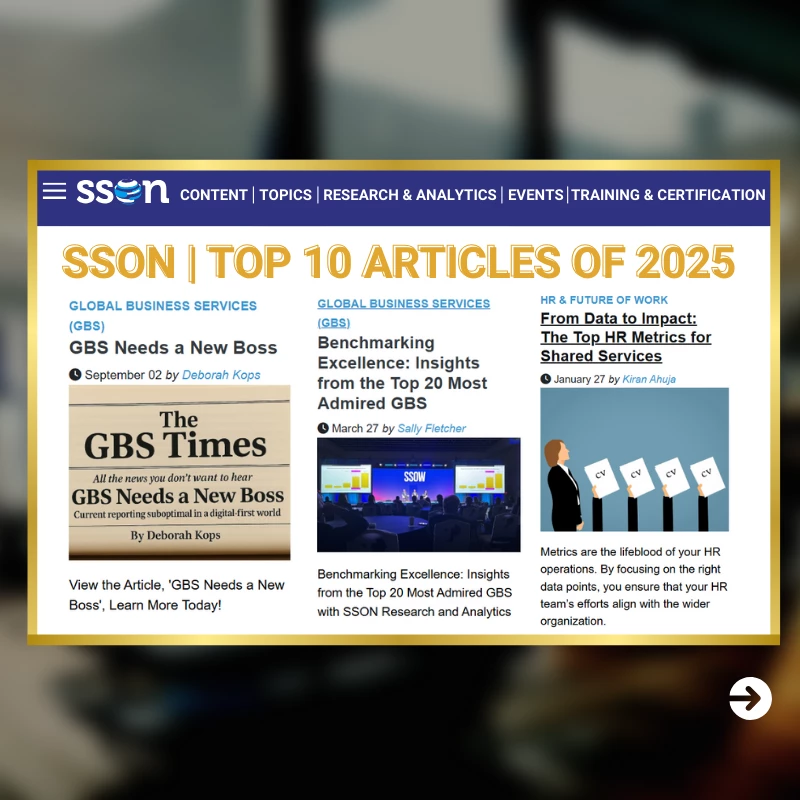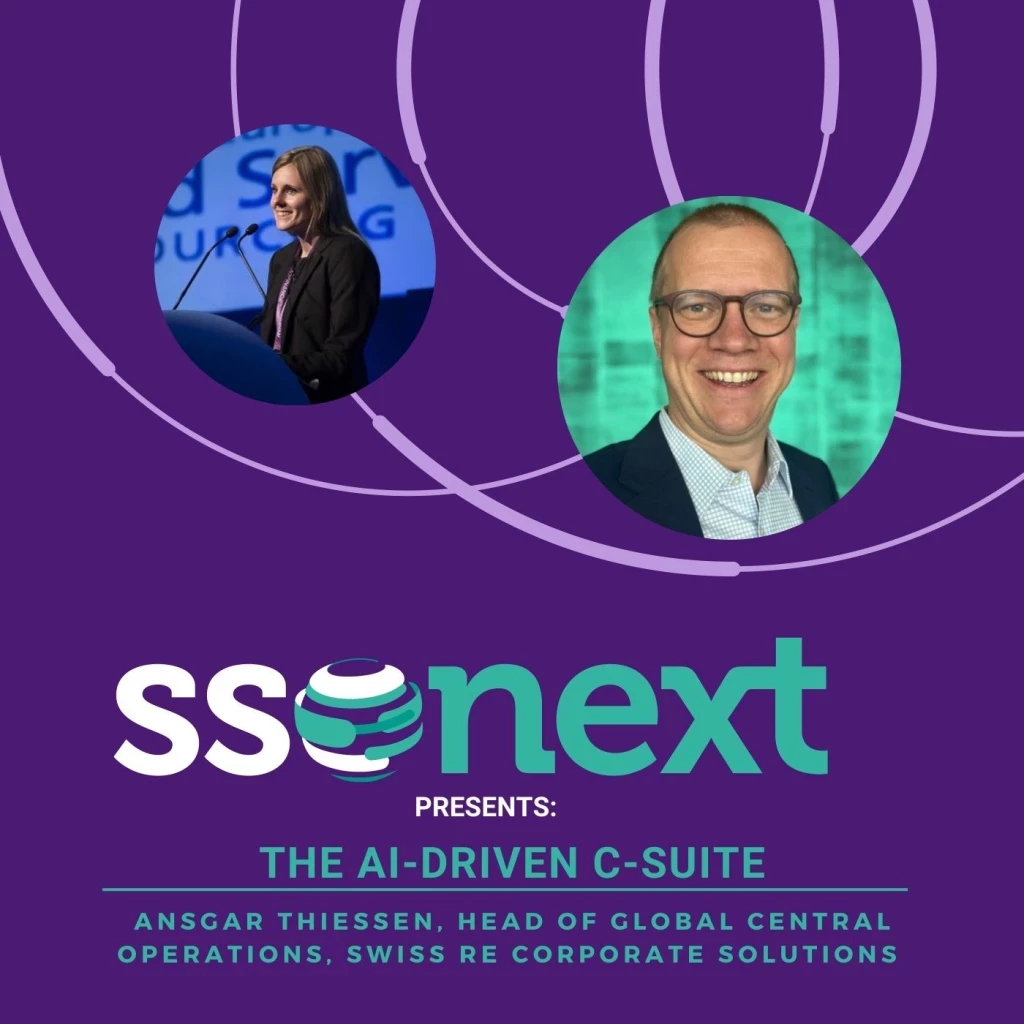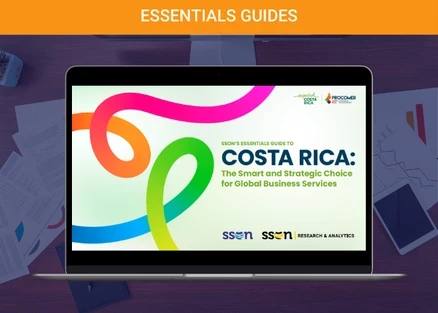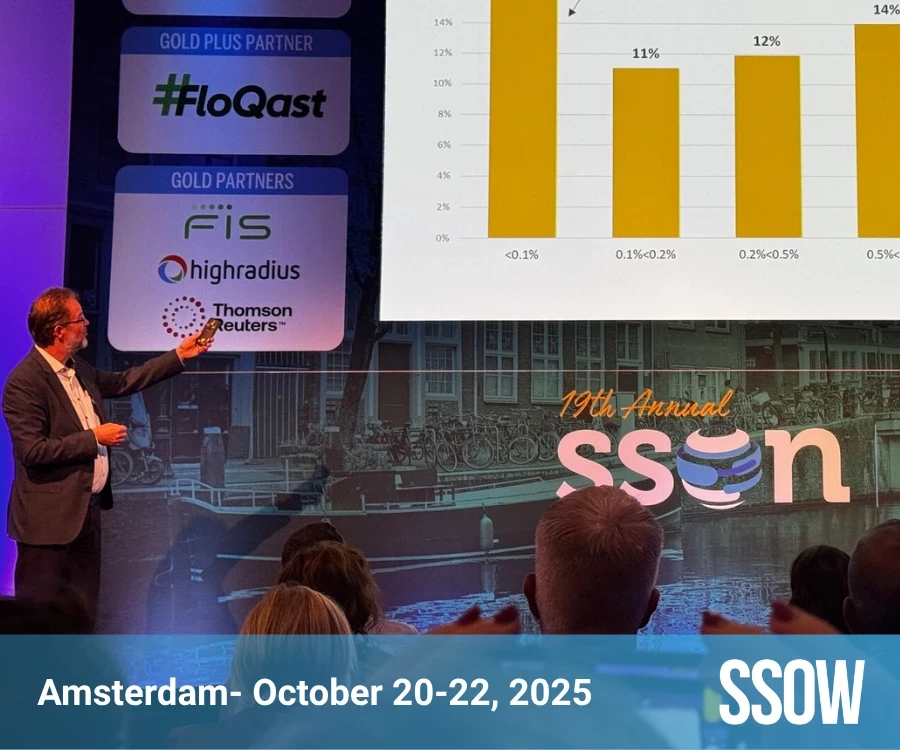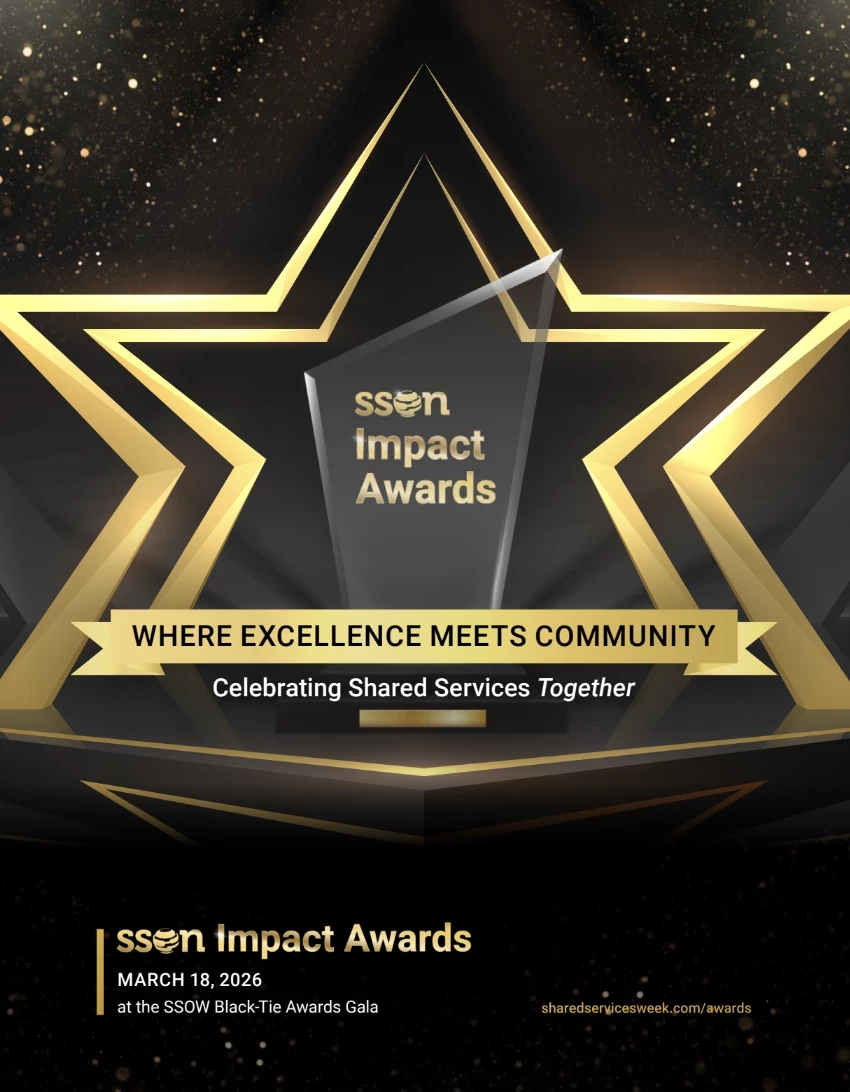The Case for Strategy in GBS and Shared Services
Add bookmark
Not Just Lip Service: Setting a North Star
Strategy has been degraded, downgraded, and derided in business circles because of the perception (largely true) that it is mostly hot air, bloviating and a lot of talk with no action. Although somewhat out of fashion, I believe that setting vision, mission and strategy are critical to successful business services transformation, ongoing operations and continuous improvement. To make the case for strategy’s value, I will attempt to explain it, describe how to develop it, and touch on its vital role in GBS and shared services development.
How do You Define 'Strategy'?
Strategy is one of the most overused and misused words in business. Most of what people call strategy are really tactics – short-term actions to succeed given current circumstances. Strategy is about the future and making it different (better) than today.
When I began to have responsibilities that included strategy, I looked for a good definition of what it was. I did not find anything helpful, so I took bits and pieces from various sources and developed a framework that helped me understand what strategy is (and is not).
At its core, strategy is about making a choice of what to do/not to do. Not making choices is a strategy itself, although probably not a good one. Secondly, the choice should be about something fundamentally important and somewhat enduring. A strategic choice will make a difference, one way or another. Also, you are committing to the choice for some time – not necessarily forever, but not just for the next quarter, either. To define these ideas and distinguish strategy from related words like mission, vision, goals, etc., I put together a visual (below). It organizes concepts by level of abstraction and timescale. Strategy development is in green and strategy execution is in blue.

The Strategy Triangle
Frameworks are helpful in organizing and communicating the critical thinking process related to strategy. Strategy “connects the dots” between where an organization is now and where it wants to go by figuring out how to get there. The Strategy Triangle is a simple yet powerful tool to communicate relationships between the pieces. It is a good place to start to frame up your thoughts and turn intangible thinking into a tangible document that can be shared for feedback, and then iterated.

Strategy does not end with a set of high-level actions and choices but must evolve into a detailed, executable plan to make it happen. Many strategies go nowhere because they were formulated in the corporate “ivory tower” and not enabled in business unit plans where implementation actions need to take place. Strategy sets direction but individual projects make progress. There is an age-old question in management theory, “what is more important, strategy or execution?” This is a false choice. Superior performance and outcomes require both. Be sure to include both in your critical thinking on strategy.
Read also:
How to Succeed as a Global SSO/BPO Delivery Manager
Imagining the Future: Vision
If strategy is about the future and making it better than today, then vision is about imagining that future. Leaders need to generate excitement around their ideas so that people will follow them to a better place. A vivid description represents a vibrant, engaging, and specific portrayal of what it will be like when a strategic journey reaches its destination. Many of us are uncomfortable expressing emotion about our ideas, but passion and emotion grab others’ attention. Putting forward new approaches and improvements should unleash people’s passion and generate the employee commitment that organizations need to change and achieve high performance.
One of the best vision frameworks that I have come across is Organizational Vision and Visionary Organizations (Jim Collins, Fall 1991 California Management Review). Collins breaks vision into two main parts: guiding philosophy, and tangible image. Below these parts are the elements of core purpose, beliefs, and values as well as mission and vivid description. Using definitions and examples from Collins, you can put together a holistic vision that anyone can look at and instantly understand what the organization is about.
How to Build a One-Pager
A GBS or shared services strategy does not start with a blank sheet of paper. It needs to fit with, and support, the strategy of the larger business entity. Look to what/how your company is trying to win – in product leadership (innovation), operational excellence (price/cost), or customer intimacy (brand/connection) – and think about what role GBS/shared services can play to make it happen.
Drawing a clear link between the “big picture” strategy of the company and your “littler picture” will ensure alignment between intra-company stakeholders and GBS/SSO employees. Although strategy is ultimately the responsibility of the leader, it should not be developed in a vacuum. I suggest that the leader form a working group consisting of five or so top lieutenants who can think in a creative and aspirational way about the ideal future state – but maintain a strong link to enterprise strategy.
In the end, the leader should take responsibility for synthesizing the best inputs and making the call on what makes it into the final vision document, a one-pager with words and visuals suitable for distribution, quick reference and use in onboarding, department town halls and road shows.
Summary
Although not widely emphasized, I believe that setting vision, mission and strategy at the beginning and maintaining it as a North Star are critical to successful business services transformation, ongoing operations and continuous improvement. Spending time on strategy is worthwhile once you understand the component parts, how to develop them, and the important role they play in gaining commitment from employees and forging connection with the business.

These are some of my thoughts on strategy as it relates to GBS/ shared services organizations.
I am eager to learn from others’ perspectives and experiences so that I can build my thinking to be even stronger.
What do you think is the best way to apply strategic thinking to shared services? Please comment below.


